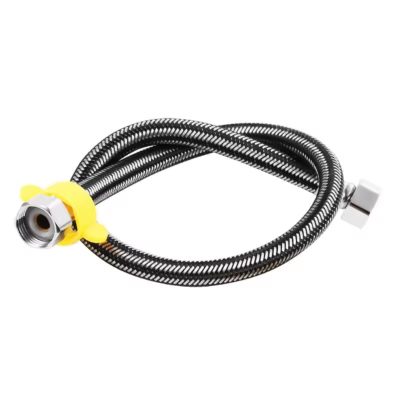The aerospace industry demands components that can operate reliably under extreme conditions, and metal hoses are no exception. Engineered for precision and performance, metal hoses play a crucial role in various aerospace applications, ensuring the safety and efficiency of aircraft and spacecraft systems.
High-Pressure Applications: In aerospace, metal hoses are often used to manage high-pressure hydraulic systems. These systems are critical for controlling aircraft movement, such as landing gear operation and flight control surfaces. Metal hoses are designed to withstand the intense pressures involved, providing reliable fluid transfer and minimizing the risk of hose failure. Their ability to maintain performance under high pressure ensures the safety and functionality of aerospace systems.
Temperature Extremes: Aerospace environments can expose components to extreme temperatures, from the intense heat of engine compartments to the frigid cold of high-altitude flight. Metal hoses are engineered to handle these temperature extremes without compromising their structural integrity. Their resistance to thermal expansion and contraction ensures consistent performance and prevents leaks or failures in critical systems.
Corrosion Resistance: The harsh conditions of aerospace environments, including exposure to fuels, lubricants, and atmospheric elements, require hoses that resist corrosion. Metal hoses are constructed from materials that provide excellent resistance to corrosion, ensuring long-term durability and reliability. This corrosion resistance is essential for maintaining the integrity of aerospace systems and preventing costly maintenance issues.
Flexibility and Precision: Despite their robust construction, metal hoses offer the flexibility needed to navigate complex aerospace assemblies. They can be designed to conform to specific configurations and installed in tight spaces without compromising performance. This flexibility, combined with their precision engineering, ensures that metal hoses meet the stringent requirements of aerospace applications.








